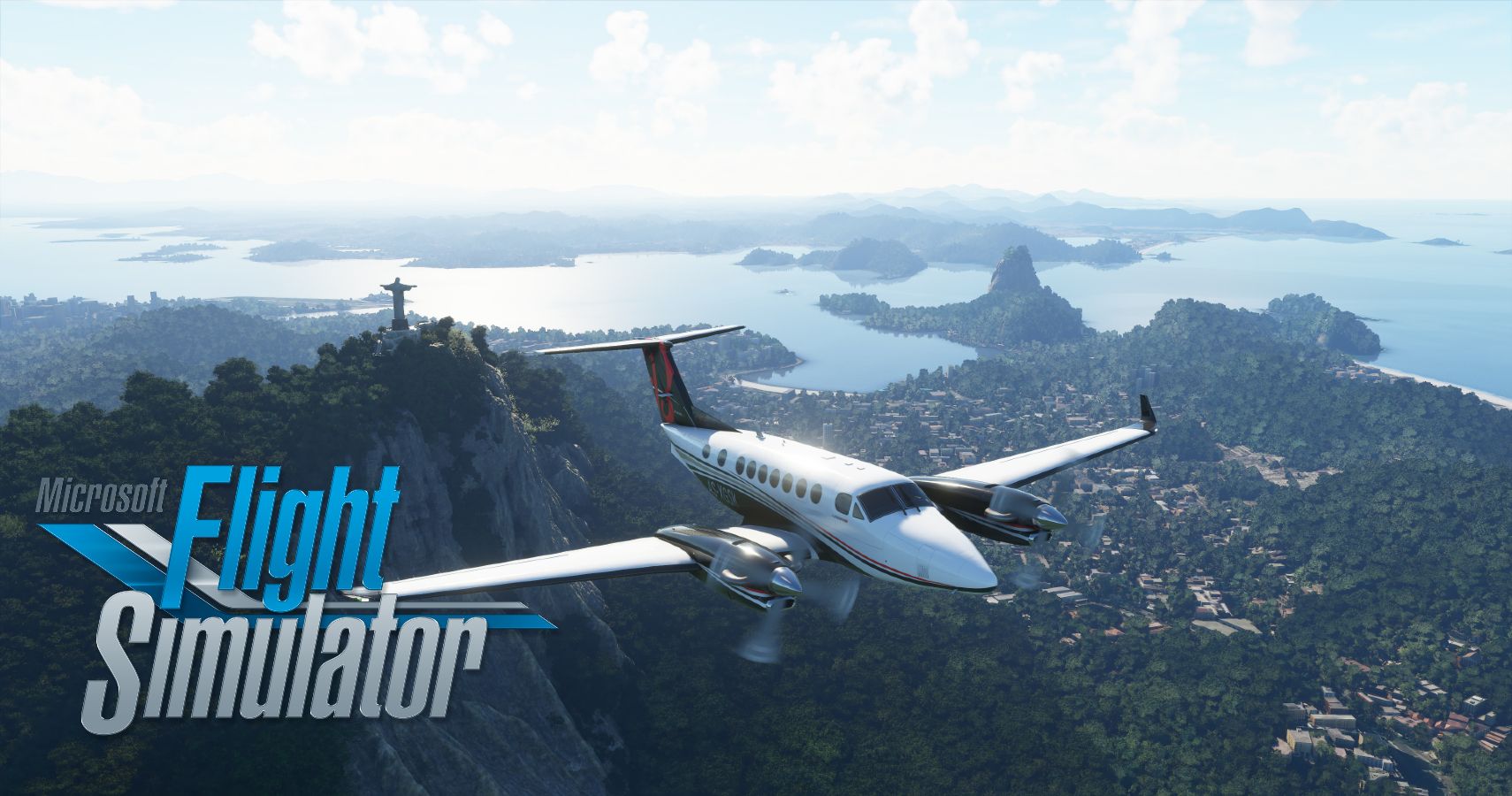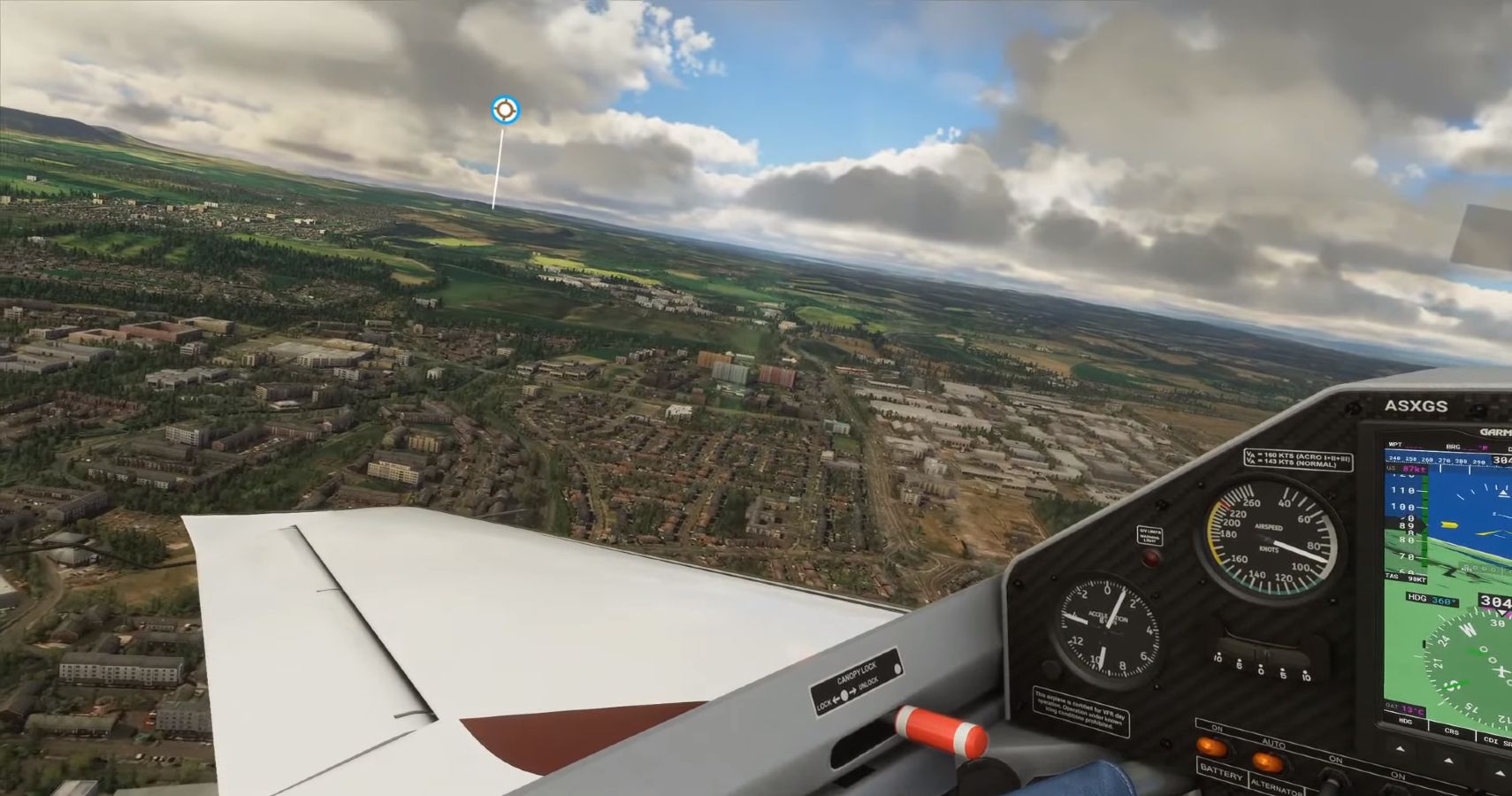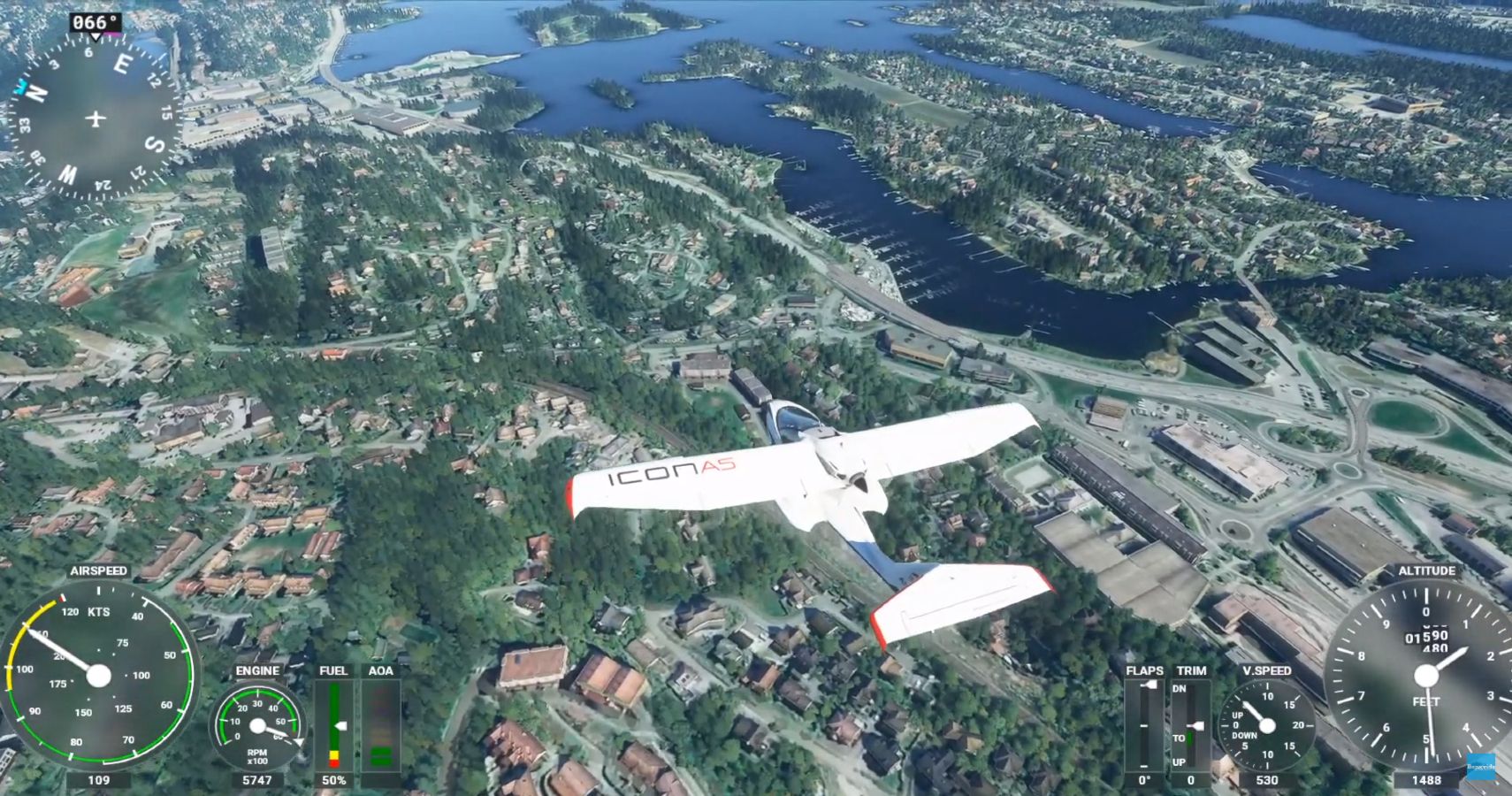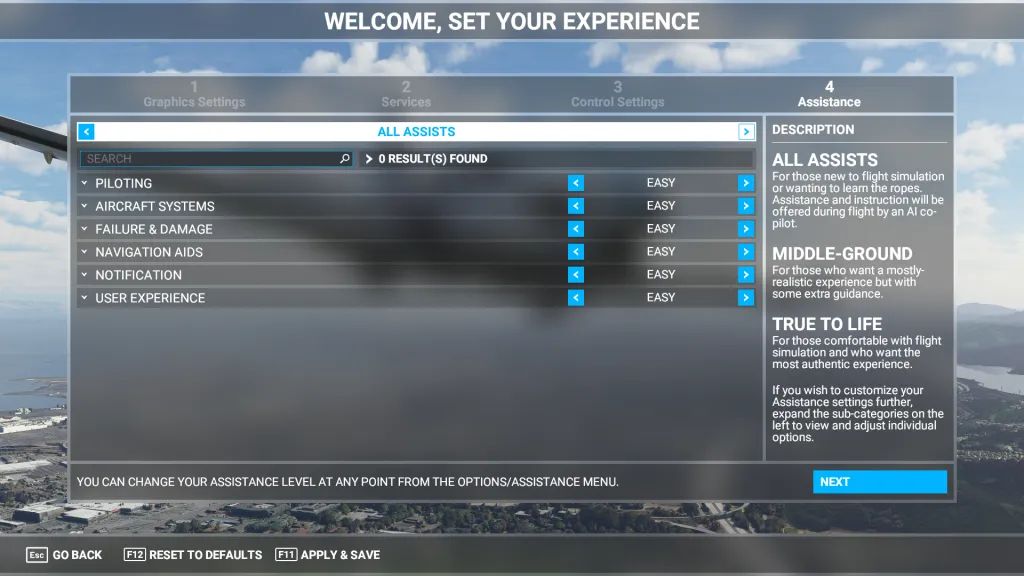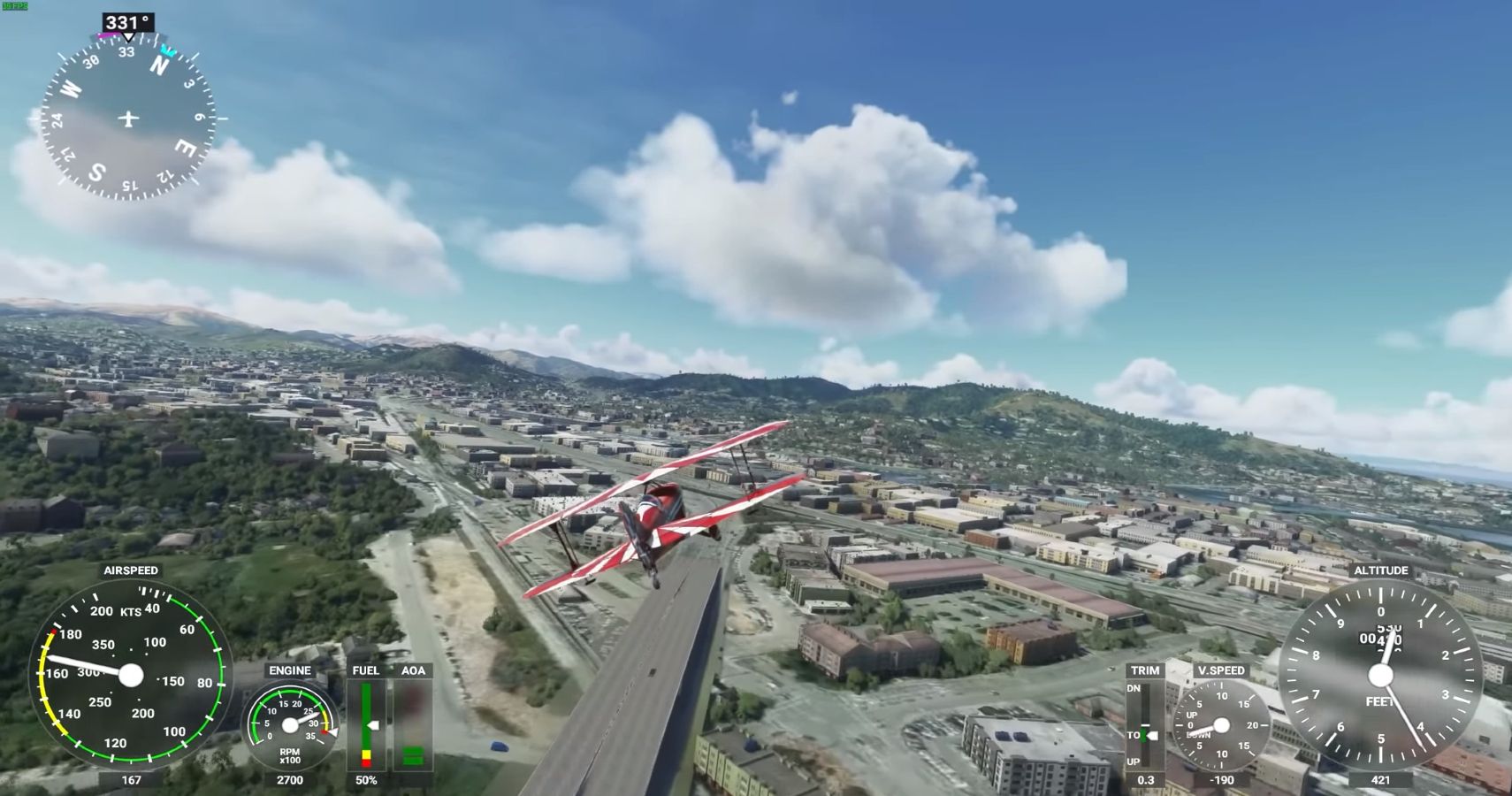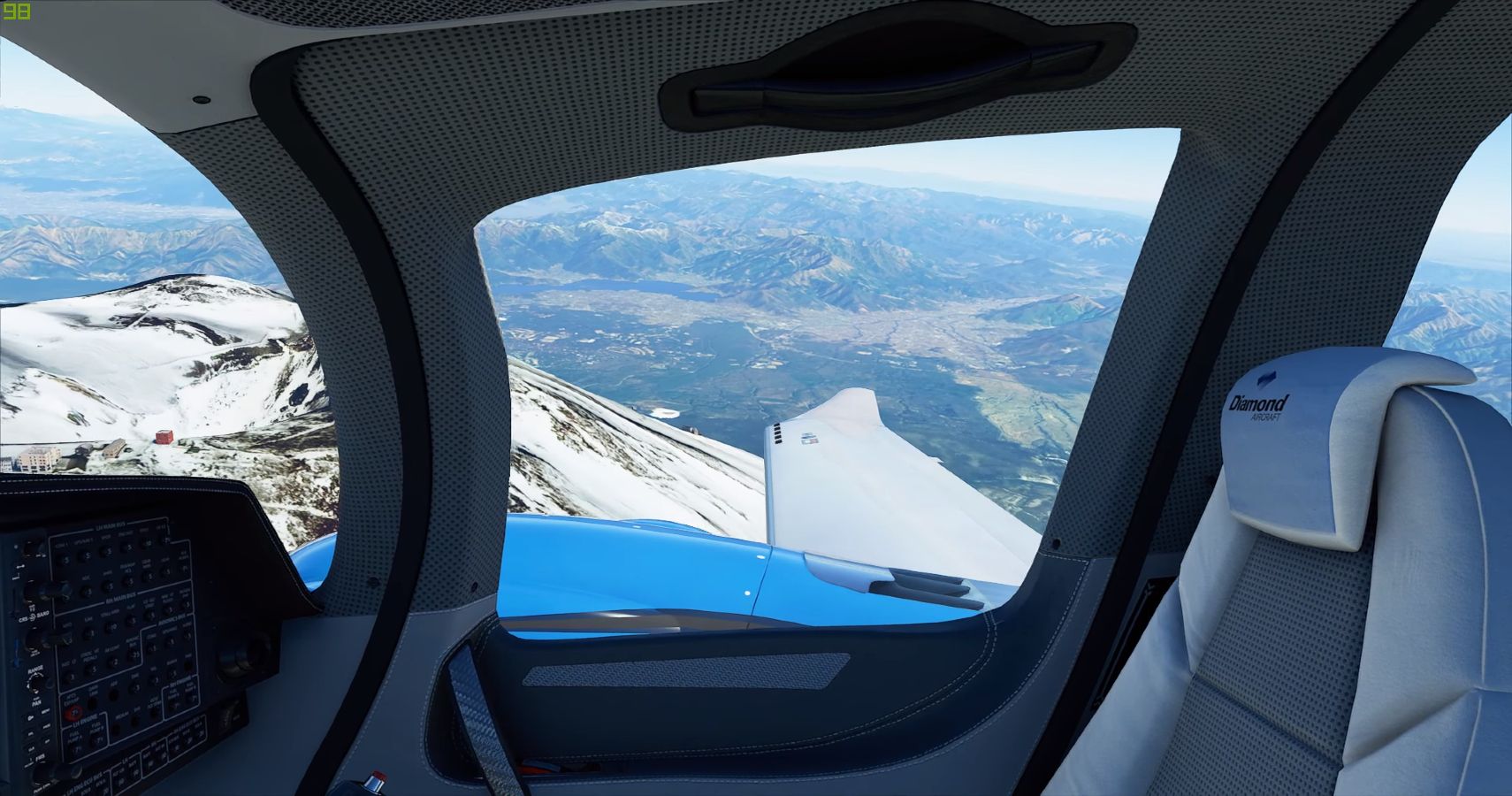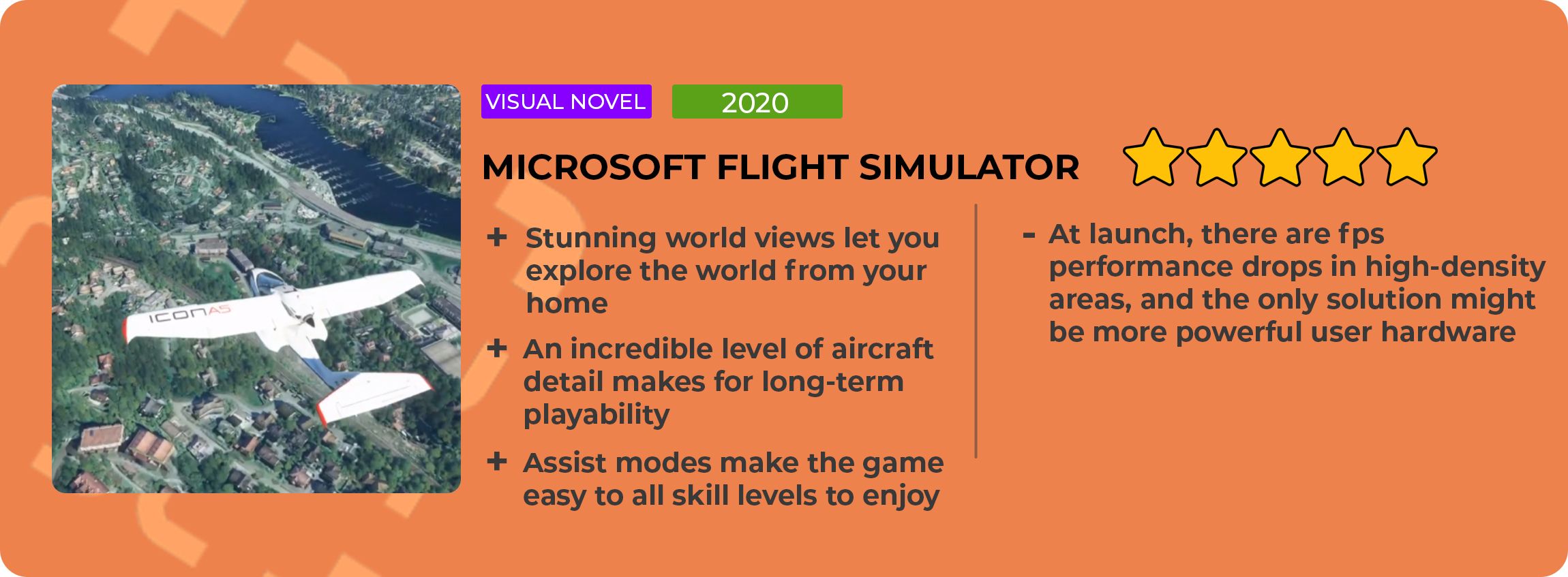Simulation games have been extremely popular over the past decade, as evidenced by the ongoing sales of both Euro Truck Simulator 2 and American Truck Simulator, among others. So too has the Microsoft Flight Simulator series been a cornerstone of the simulation genre for decades, though it has been a while since a proper sequel was made and the newest installment has been well worth the wait.
Without a doubt, there is no question whether Microsoft Flight Simulator is any good, because the new installment surpasses its predecessors in every way and the experience is nothing short of stunning. Instead, I'll be pointing out the strongest new additions to the game, along with the one single issue found relating to performance and some features that would be nice to see added.
A True Sandbox Experience
As an avid fan of the Microsoft Flight Simulator series for nearly fifteen years, a major but pleasant surprise in the newest installment is how little has changed at the most technical level of aircraft control with a zealous dedication to authenticity. The precise layer of detail put into the flying of every aircraft is staggering.
At its core, Microsoft Flight Simulator is almost as pure of a sandbox game as can be, with no real objective, story, characters, and only a list of Achievements that will easily take 1,000 hours of flight time to achieve.
For enthusiasts, this is probably expected news, though one minor nitpick is that with the success of games like Euro Truck Simulator 2, it seems like a missed opportunity for a game mode where progression was measured through acquiring planes of different types, taking jobs hauling precious cargo in challenging circumstances and with time restraints.
The infrastructure in-game is all there, and this is a small detail that could help lure in new players who enjoy not only the core gameplay of flying aircraft, but also the challenges of building a personal empire based on these kinds of variable missions. It may never happen, but it would be one way to entice new users into the fold. With that said, there is still plenty to do.
Three Levels Of Assistance Make The Game Easier To Learn
When first launching the game, players are presented with three modifiable preset levels to determine how much Assistance they want from the game. True to Life offers the most realistic experience in the cockpit, and with zero navigational aid. This is for players who are well-versed in the flight simulator world and is bound to be extremely frustrating to attempt as a new player, but highly rewarding to veterans.
The Middle-Ground present is an option for more casual or slightly less experienced. There are fewer instances of help, but still some navigation is still provided.
Finally, new players can choose All Assists as a preset, which in almost every sense of the word is like having a robotic assistant handling all complex parts of aircraft operation. Players control flying and have plenty of in-game notifications drip-fed along a flight with clear navigational cues. This mode does almost everything for you and is an excellent introduction to new players who might otherwise be overwhelmed by the complexity of certain aircraft.
From here, each individual Assistance tool, and there are several, can be switched on or off, and new players can begin in All Assists and gradually remove help bit by bit until they become masters of the sky.
Performance Issues
From a technical standpoint, everything is nearly perfect, but there are some performance issues that do need to be addressed in the near future, or perhaps the game has been made to age well into the future with more powerful hardware. I ran Microsoft Flight Simulator on an AMD Ryzen 7, 16 GB of RAM, and a GeForce GTX 1660 Ti, which is still a reasonable graphics card that allows most modern games to effortlessly run on Ultra or High graphics settings.
When flying throughout rural areas, I experienced 60 FPS consistently. However, I sometimes, but not always, experienced major drops in FPS when flying into high-density urban environments. In many ways, this sometimes felt like playing the Nintendo Switch port of Cities: Skylines, which offered much of the same core gameplay as its PC counterpart but slowed significantly once building too large a city.
For now, there are some basic changes that can help with some of these performance issues, but only to a point. This does break the immersion of flight at some points, but once again, it was only a severe drop to around 30 FPS a handful of times and should hopefully be fixed in a later patch. Alternatively, with the new partner program in place for community-driven add-ons, the game will likely see support for many years to come, and consumer hardware will naturally catch up, and this is one of the few games I would ever say that for.
A Broad Range Of Aircraft
In total, there are up to thirty different aircraft to choose from depending on whether playing the Standard, Deluxe, or Premium edition of the game. Each is distinct in its appearance, internal layout, and they all handle differently. This adds a level of long-term playability that should not be underestimated, and mastering them all will be no easy feat.
A Game Well Worth The Wait
Ultimately, Microsoft Flight Simulator was well worth the wait. For enthusiasts of past installments, there is so much to look forward to. For those who might be on the fence about a flight simulator that is virtually an endless sandbox game, the great news is that it has been added to the Xbox Game Pass on PC right from launch, and players can check it out there before making the plunge.
Without a doubt, Microsoft Flight Simulator is the best game in the simulator genre of 2020 and is one of the most impressive feats seen in gaming in a while.
A PC version of Microsoft Flight Simulator was used for this review. Microsoft Flight Simulator is available now on PC and Xbox One.

Microsoft Flight Simulator 2024
Microsoft Flight Simulator 2024 expands the next-gen series further, adding a host of new technology for hyper-realistic weather and more. It also adds jobs for pilots to undertake, from shuttling skydivers and cargo to mounting daring aerial rescues.

